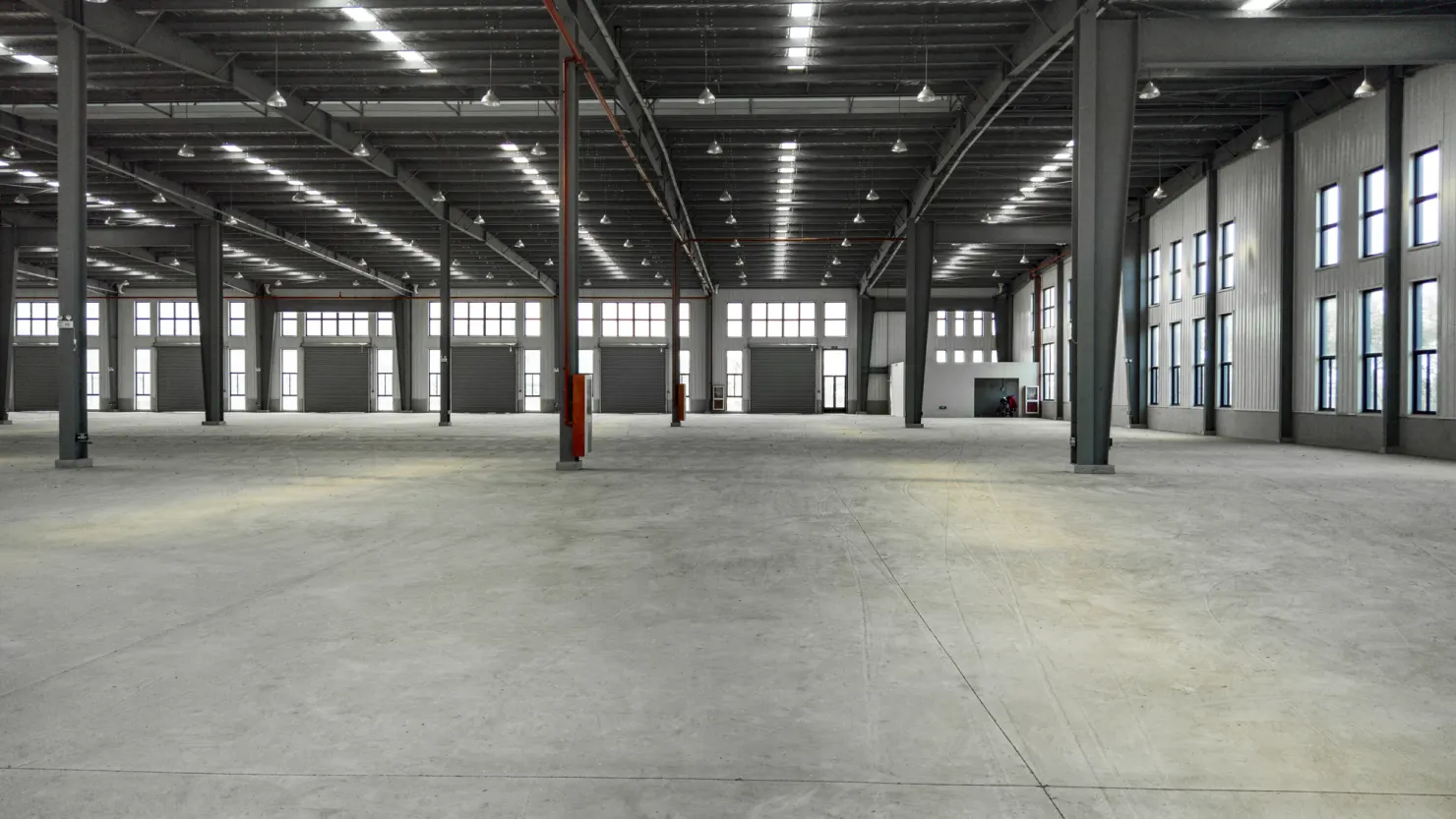Five years ago, as the pandemic accelerated e-commerce, industrial warehouse space became one of the most attractive investments in commercial real estate. But after the boom years, the sector began cooling in 2022, and now, economic uncertainty driven by shifting tariff policies and stubbornly high inflation is taking a sharper toll on demand.
In the first half of this year, just 27 million square feet of industrial space was absorbed, and the second quarter saw demand fall by 11.3 million square feet — the first quarterly decline since 2010, according to an August report from NAIOP, the commercial real estate development association. Looking ahead, NAIOP expects absorption to remain nearly flat for the rest of the year as businesses adjust to higher costs and slower economic growth.
The report suggests that demand could recover once occupiers adapt to the new tariff environment, but it warns that elevated tariffs and weakening employment growth will keep demand growth below the robust levels seen between 2020 and 2022 or even in the years before the pandemic. NAIOP projects a rebound beginning in the second quarter of 2026, with full-year absorption reaching 119.3 million square feet. In the first half of 2027, an additional 109.7 million square feet is expected to be absorbed, signaling a gradual recovery.
On the sales side, industrial property transactions are keeping pace with last year. A separate Yardi report shows industrial sales totaled $74.3 billion in 2024, a 14.7% increase from 2023 but still well below the peak of $129.8 billion in 2021. After years of rapid growth, price appreciation has also moderated. From 2019 to 2022, the average sale price of an industrial property surged 54%, fueled by cheap capital, record rent growth, and historically low vacancy rates. In contrast, so far this year, average prices for completed transactions are only about 6% higher than in 2022.
Vacancy rates have also risen. The national industrial vacancy rate in July was 9.1%, up slightly from June and 270 basis points higher than a year earlier. Still, rents remain resilient, with in-place rents rising 6.1% year over year.
According to Yardi Research, the sector has shifted from being the “darling” of real estate to a more stable but cautious investment. Analysts expect interest and activity to ramp up once economic clarity returns and occupier demand stabilizes, but the immediate future remains muted compared to the highs of the past decade.
READ MORE:
